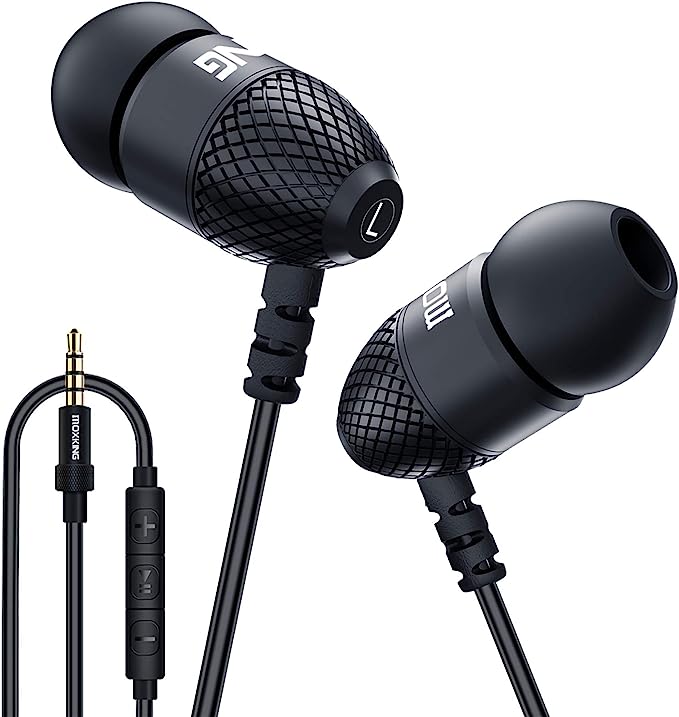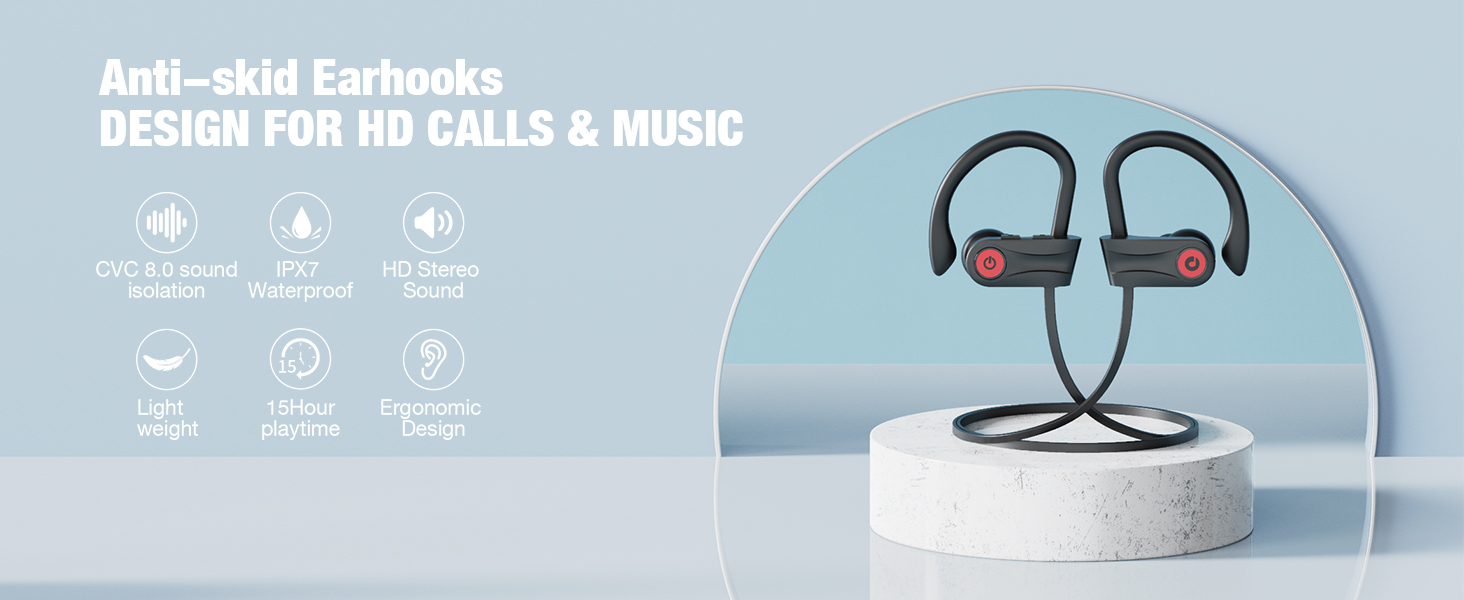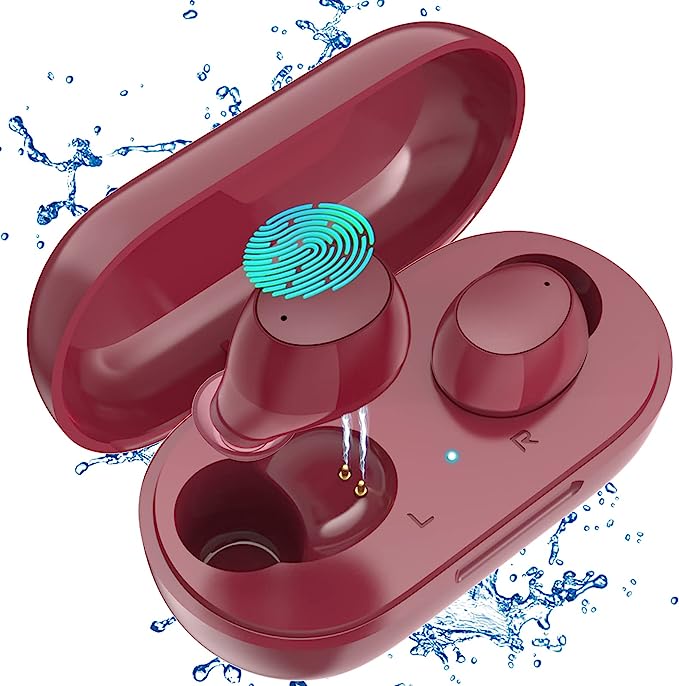The Physics of Value: Decoding Dual-Magnetic Circuits and Composite Diaphragms in Modern IEMs
Update on Nov. 22, 2025, 4:58 p.m.
The landscape of personal audio has undergone a quiet revolution. A decade ago, the term “In-Ear Monitor” (IEM) was exclusively reserved for stage musicians and wealthy audiophiles, implying custom-molded shells and exorbitant price tags. Today, the barrier to entry has collapsed, not because quality has degraded, but because precision engineering has scaled.
We are witnessing the democratization of high-fidelity architecture. Technologies that were once the secret sauce of flagship models—complex magnetic fluxes, composite material diaphragms, and specialized cabling—are now standardizing in accessible manufacturing. The CCZ LX6682 Coffee Bean serves as a compelling textbook example of this shift. By dissecting its internal components, we can understand the physics that allow modern entry-level IEMs to challenge the acoustic performance of their predecessors.

The Engine Room: Understanding Dual Magnetic Circuits
At the heart of any dynamic driver is a simple principle: a voice coil suspended in a magnetic field moves when an electrical current passes through it, pushing a diaphragm to create sound waves. In traditional budget earphones, a single magnet provides this field. However, this design often suffers from “magnetic flux leakage,” where energy is lost, leading to a weaker response and muddier sound.
The engineering solution employed here is the Dual Magnetic Circuit.
By integrating a second magnet, engineers create a more concentrated and powerful magnetic flux density around the voice coil. This isn’t just about volume; it’s about control. * Improved Transient Response: A stronger magnetic grip allows the voice coil to start and stop moving with greater agility. When a drum is struck in a recording, the driver snaps into action instantly (attack) and stops just as quickly (decay), preventing the “blurring” of notes. * Low-Impedance Efficiency: This magnetic efficiency allows the driver to be easily driven by low-power sources like smartphones or dongles without requiring a dedicated amplifier, maximizing energy conversion rates.

Material Science: The PU + PEEK Composite Diaphragm
The diaphragm is the component that actually moves air. It faces a paradoxical engineering requirement: it must be rigid enough to vibrate quickly without deforming (for clear highs) but flexible enough to move large volumes of air (for deep bass). No single material does both perfectly.
This is where Composite Diaphragm Technology enters the equation. The CCZ Coffee Bean utilizes a hybrid structure combining PU (Polyurethane) and PEEK (Polyetheretherketone).
- The Bass Foundation (PU): Polyurethane is a flexible polymer. Used in the outer ring of the diaphragm, its elasticity allows for a longer “throw” or excursion.
[Image of Diaphragm movement mechanics]
This flexibility is what generates the physical sensation of sub-bass—the “rumble” that you feel as much as hear.
2. The Clarity Core (PEEK): PEEK is a high-performance semicrystalline thermoplastic known for its exceptional stiffness-to-weight ratio. By using PEEK for the central dome of the diaphragm, the driver maintains structural integrity even at high frequencies. This prevents “cone breakup,” a distortion phenomenon where the diaphragm wobbles uncontrollably, ensuring that vocals and cymbals remain crisp and distinct.

Signal Integrity: The Role of 4N OFC Cabling
In the audiophile world, cables are often the subject of snake-oil mythology. However, basic electrical principles still apply. The connection between your source and the driver is the lifeline of your audio signal.
The “4N” specification refers to 99.99% purity in the Oxygen-Free Copper (OFC) used in the cable. Standard copper contains oxide impurities that can act as grain boundaries, essentially micro-barriers to electron flow. While the audible difference in short runs is subtle, OFC cabling ensures lower resistance and better durability against oxidation over time.
Furthermore, the detachable design (typically using 2-pin connectors) is a crucial “pro” feature trickling down. It acknowledges that cables are the most common failure point. By allowing replacement, the lifespan of the monitor units extends significantly, transforming the product from a disposable consumable into a lasting component of a modular setup.
Ergonomics as Acoustics: The Patented “Earfin”
Sound quality is irrelevant if the seal is broken. In the realm of IEMs, the fit is the equalizer. A poor seal results in the immediate loss of bass pressure and the intrusion of ambient noise.
The Patented Earfin (TPE crescent) on the CCZ Coffee Bean represents an ergonomic solution to a physical problem. Unlike generic circular shells, this fin aims to lock into the concha (the bowl of the ear), providing stability without the invasive pressure of deep-insertion tips.
This design choice serves a dual purpose:
1. Physical Stability: It prevents the earpiece from dislodging during movement (e.g., drumming or running), maintaining the critical “sweet spot” alignment with the ear canal.
2. Passive Noise Isolation: By securely filling the outer ear cavity, it creates a physical barrier against external noise (up to 26dB in some designs), allowing for lower listening volumes which protects long-term hearing health.

Conclusion: The New Standard of Entry
The significance of devices like the CCZ Coffee Bean lies not in their price tag, but in their bill of materials. They represent a maturation of the audio industry where Dual Magnetic Circuits and Composite Diaphragms are no longer luxury features but baseline expectations. For the consumer, this means the “entry-level” is no longer synonymous with “compromise.” It is an invitation to explore the nuances of high-fidelity sound, powered by genuine acoustic science rather than marketing hyperbole.



























































